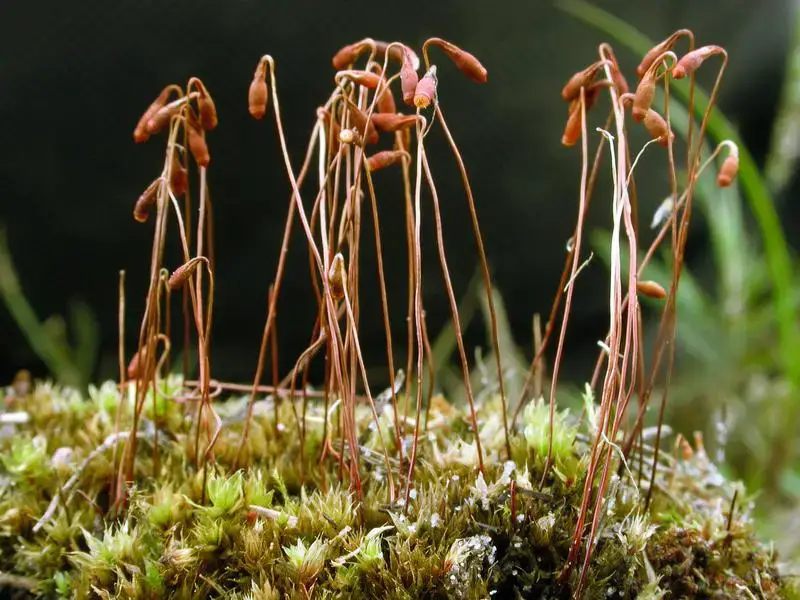
24362_2316_4.jpg from: https://artfakta.se/naturvard/taxon/2316
Introduction
The world of mosses is a fascinating one, filled with tiny, unassuming plants that often go unnoticed by the casual observer. Among these diminutive wonders is the Bryum salinum I.Hagen ex Limpr., a member of the Bryaceae family, commonly known as Bryum. This unassuming moss may be small, but it plays a crucial role in the ecosystems it inhabits, and its unique adaptations make it a true marvel of nature.
Background
Before we delve into the intricacies of Bryum salinum, it’s essential to understand the broader context of mosses. These ancient plants belong to the Bryophyta division, which encompasses three classes: Bryopsida (mosses), Marchantiopsida (liverworts), and Anthocerotopsida (hornworts). Mosses are non-vascular plants, meaning they lack the specialized tissues found in vascular plants that transport water and nutrients. Instead, they rely on a simple structure and unique adaptations to thrive in their environments.
Main Content
Morphology and Identification
Bryum salinum is a small, acrocarpous moss, meaning its spore capsules are borne at the tips of the stems. Its leaves are ovate to lanceolate in shape, with a distinctive midrib running down the center. The leaf margins are often slightly recurved, and the leaf cells are relatively large and thin-walled. When dry, the leaves curl inward, forming a tight, compact tuft, but when moistened, they spread out, revealing their delicate beauty.
One of the key identifying features of Bryum salinum is its distinctive salt-loving nature, as indicated by its specific epithet “salinum.” This moss thrives in saline environments, making it a true halophyte among the bryophyte world.
Global Distribution and Habitat
Bryum salinum has a widespread distribution, occurring on various continents, including Europe, Asia, Africa, and North America. It is particularly abundant in coastal regions, where it can be found growing on soil, rocks, and even concrete surfaces that are exposed to salt spray or occasional inundation by seawater.
This moss is well-adapted to the harsh conditions of saline environments, where many other plants struggle to survive. Its ability to tolerate high salt concentrations and periodic desiccation allows it to colonize areas that would be inhospitable for most other plant species.
Ecological Roles and Adaptations
Despite its small size, Bryum salinum plays a vital role in the ecosystems it inhabits. As a pioneer species, it helps stabilize and enrich soil, paving the way for other plants to establish themselves. Additionally, it provides a microhabitat for various invertebrates, contributing to the overall biodiversity of the area.
One of the remarkable adaptations of Bryum salinum is its ability to tolerate high salt concentrations. This is achieved through a combination of physiological and structural mechanisms, such as the production of compatible solutes and the presence of specialized cells that help regulate water and ion balance.
Furthermore, Bryum salinum exhibits a remarkable tolerance to desiccation, a trait that allows it to survive periods of drought by entering a dormant state and reviving when moisture becomes available again. This adaptation is particularly crucial in the harsh, saline environments where it thrives.
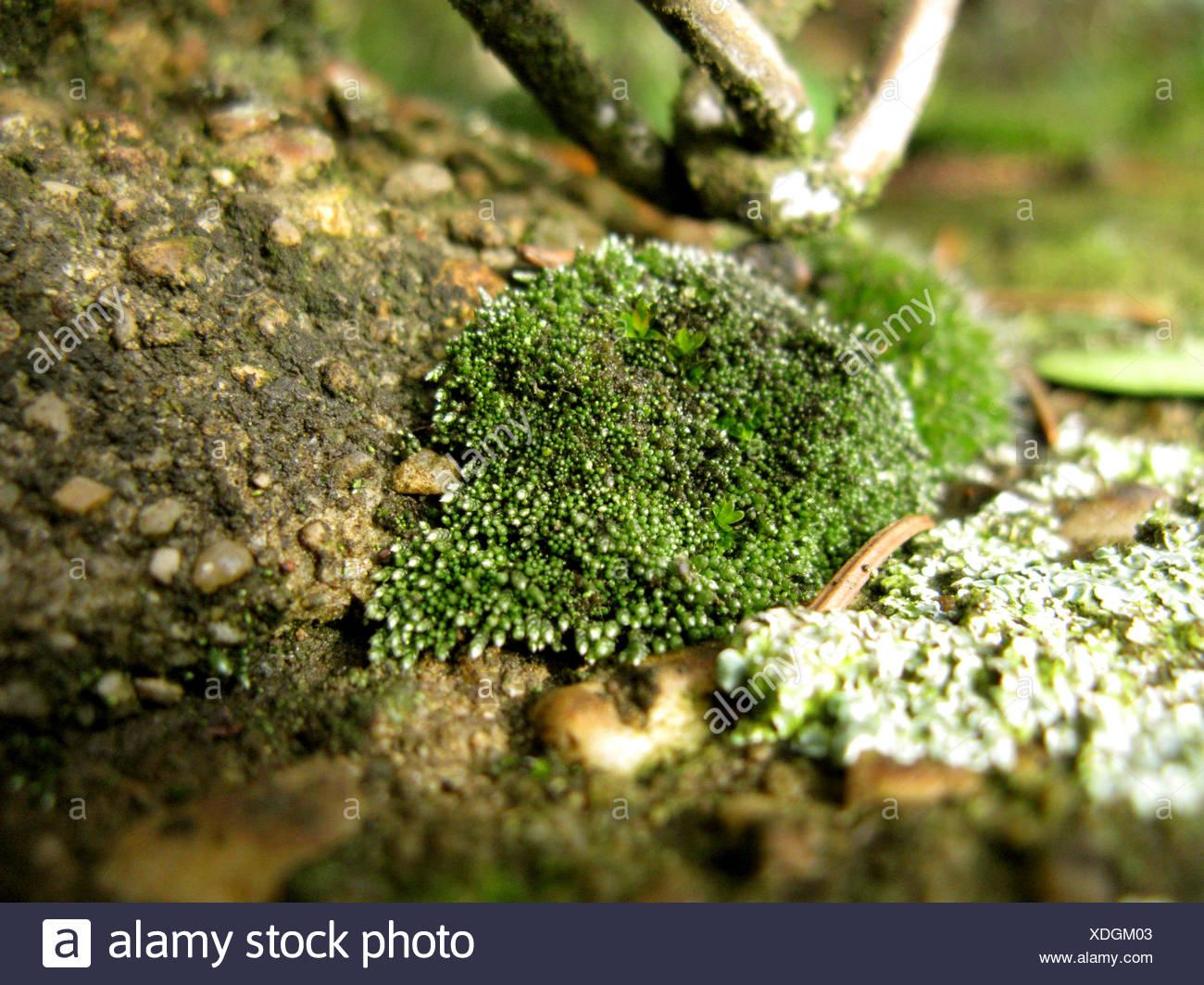
silvergreen-bryum-moss-bryum-argenteum-on-a-wall-germany-north-rhine-westphalia-XDGM03.jpg from: https://www.alamy.com/stock-photo/bryum.html
Case Study: Coastal Dune Ecosystems
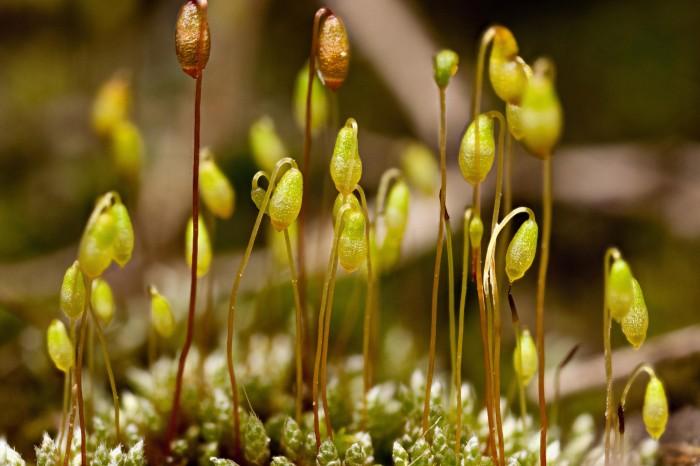
Bryum-argenteum-3-700×466.jpg from: https://ohiomosslichen.org/moss-Bryum-argenteum/
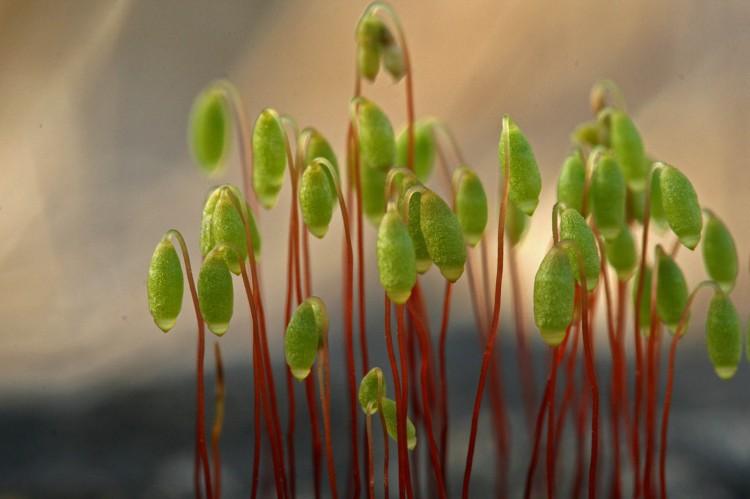
Bryum-lisae-6-750×499.jpg from: https://ohiomosslichen.org/moss-bryum-lisae-var-cuspidatum/
A prime example of the ecological importance of Bryum salinum can be found in coastal dune ecosystems. In these dynamic environments, where sand is constantly shifting and salt spray is a constant presence, Bryum salinum plays a crucial role in stabilizing the dunes and facilitating the establishment of other plant species.
By forming dense mats on the sand, Bryum salinum helps to trap and retain moisture, creating a microclimate that is more favorable for the germination and growth of other plants. Additionally, its ability to tolerate salt spray and periodic inundation by seawater makes it a pioneer species in these harsh conditions, paving the way for the development of a more diverse and stable ecosystem.
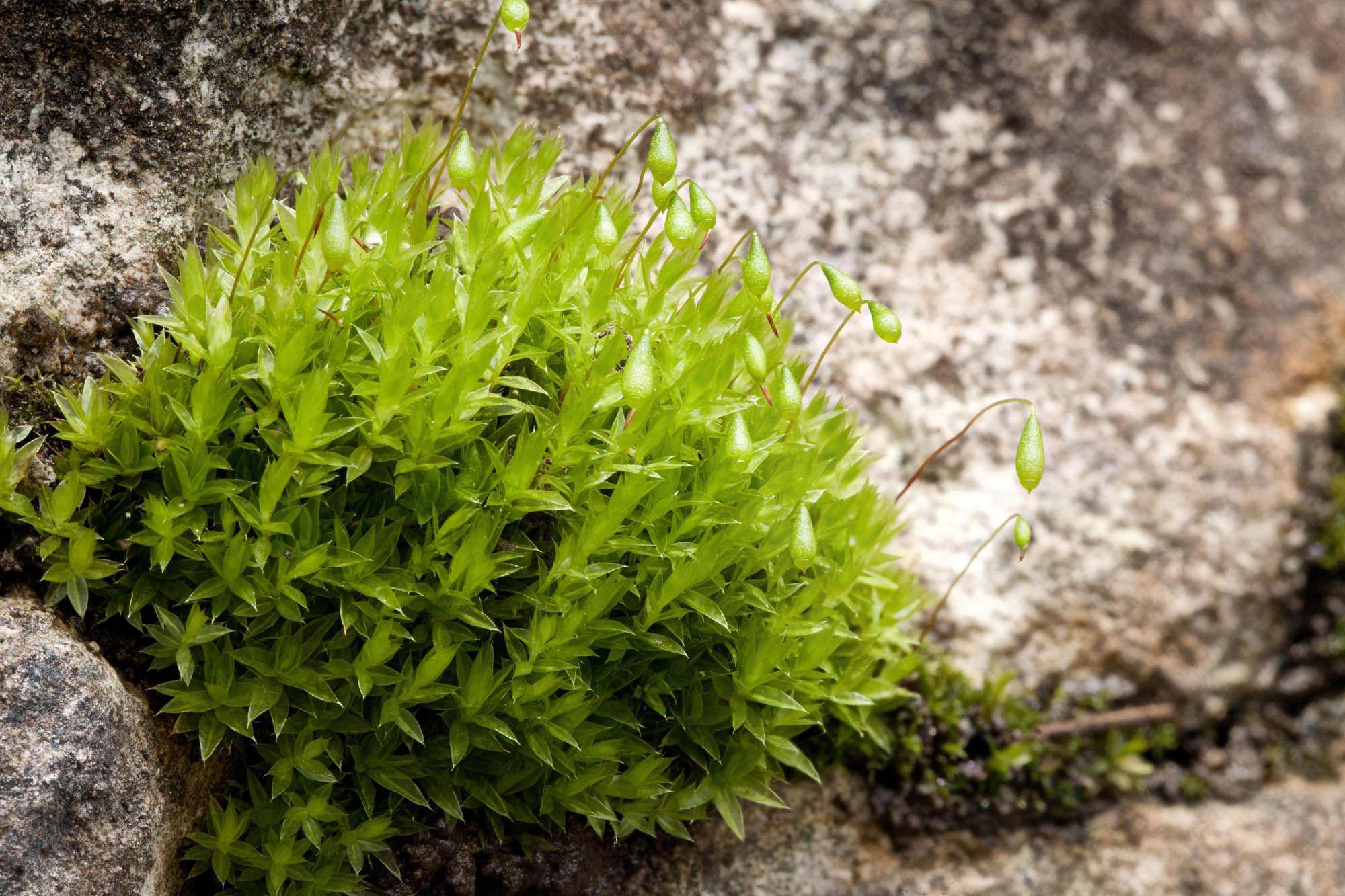
037888b4c815f91265f4d0e82d7e4d8d.jpg from: https://www.pinterest.com/pin/bryum-caespiticium–777152479423469425/
Technical Table
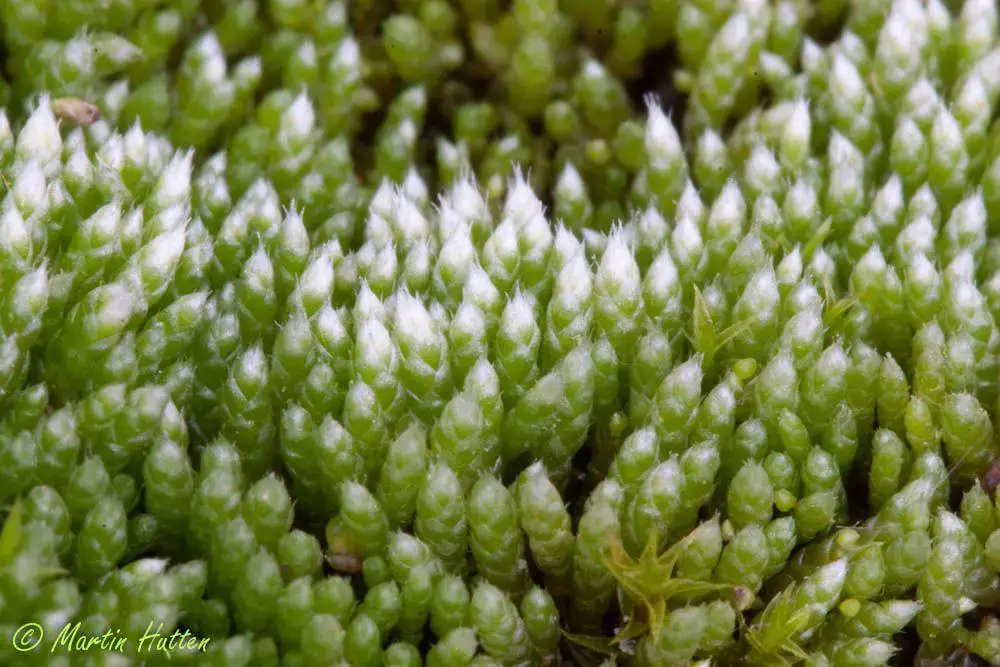
75c775adc0133e601e2e2b1dbccc9138.jpg from: https://www.pinterest.com/pin/325033298077118140/
| Characteristic | Description |
|---|---|
| Phylum | Bryophyta |
| Class | Bryopsida |
| Order | Bryales |
| Family | Bryaceae |
Genus
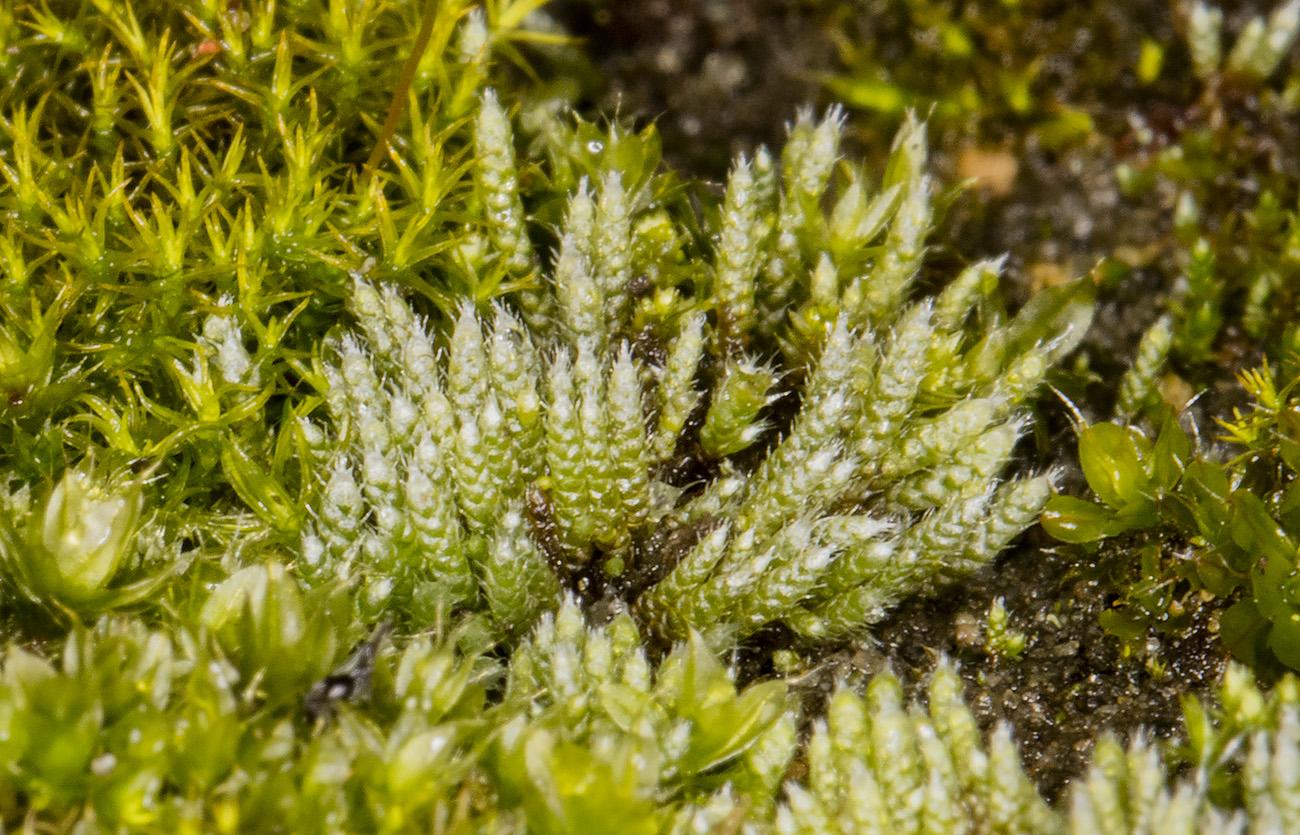 moss_bryum_argenteum_2016.09.03.jpg from: https://moremoth.blogspot.com/2016/04/mosses-again-and-liverworts.html |
Bryum |
Species
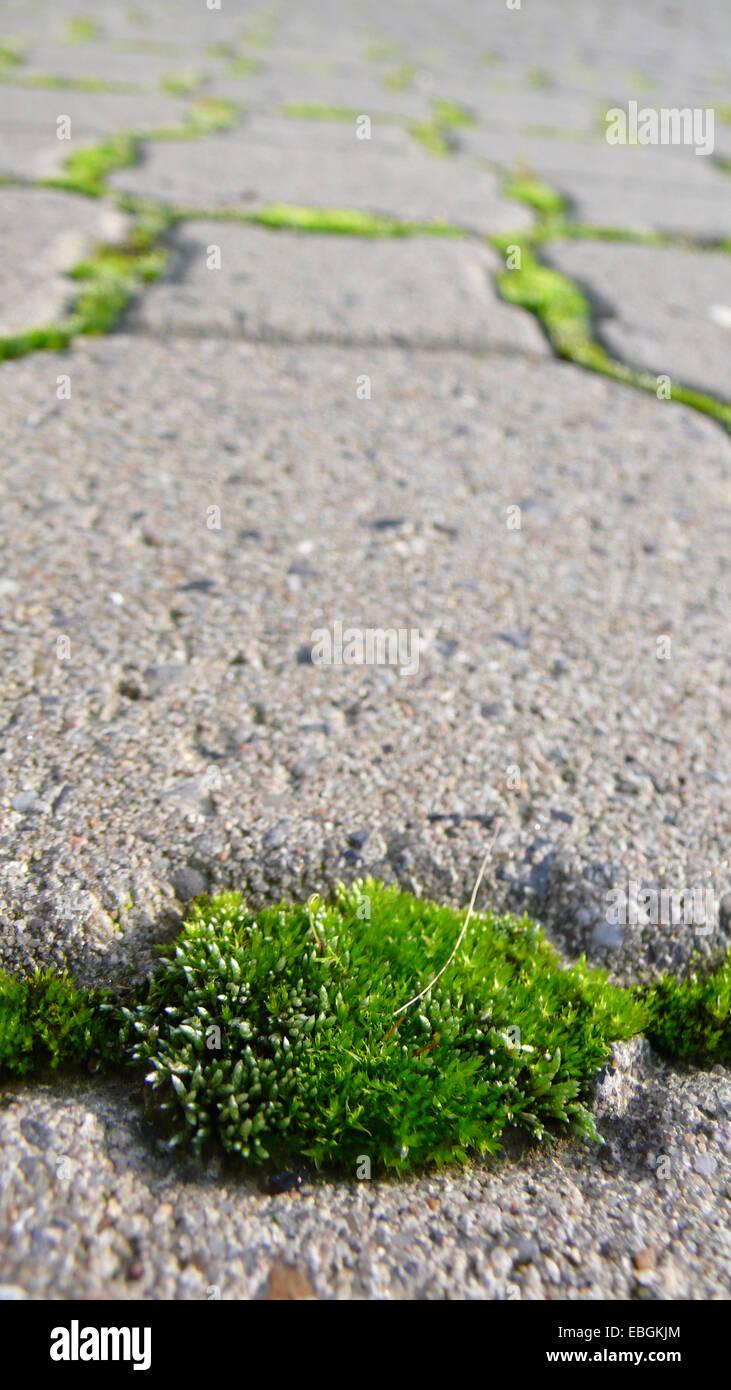 silvergreen-bryum-moss-bryum-argenteum-plants-between-chinks-EBGKJM.jpg from: https://www.alamy.com/stock-photo-silvergreen-bryum-moss-bryum-argenteum-plants-between-chinks-75969340.html |
Bryum salinum I.Hagen ex Limpr. |
| Growth Form | Acrocarpous moss |
| Leaf Shape | Ovate to lanceolate |
| Leaf Margin | Often slightly recurved |
| Leaf Cells | Relatively large and thin-walled |
| Habitat | Saline environments, coastal regions |
| Adaptations | Salt tolerance, desiccation tolerance |
| Ecological Role | Soil stabilization, microhabitat provision |
Conclusion
The Bryum salinum I.Hagen ex Limpr., a member of the Bryaceae family, may be small in stature, but its impact on the ecosystems it inhabits is profound. This unassuming moss has evolved remarkable adaptations that allow it to thrive in harsh, saline environments, where few other plants can survive. From stabilizing coastal dunes to providing microhabitats for invertebrates,
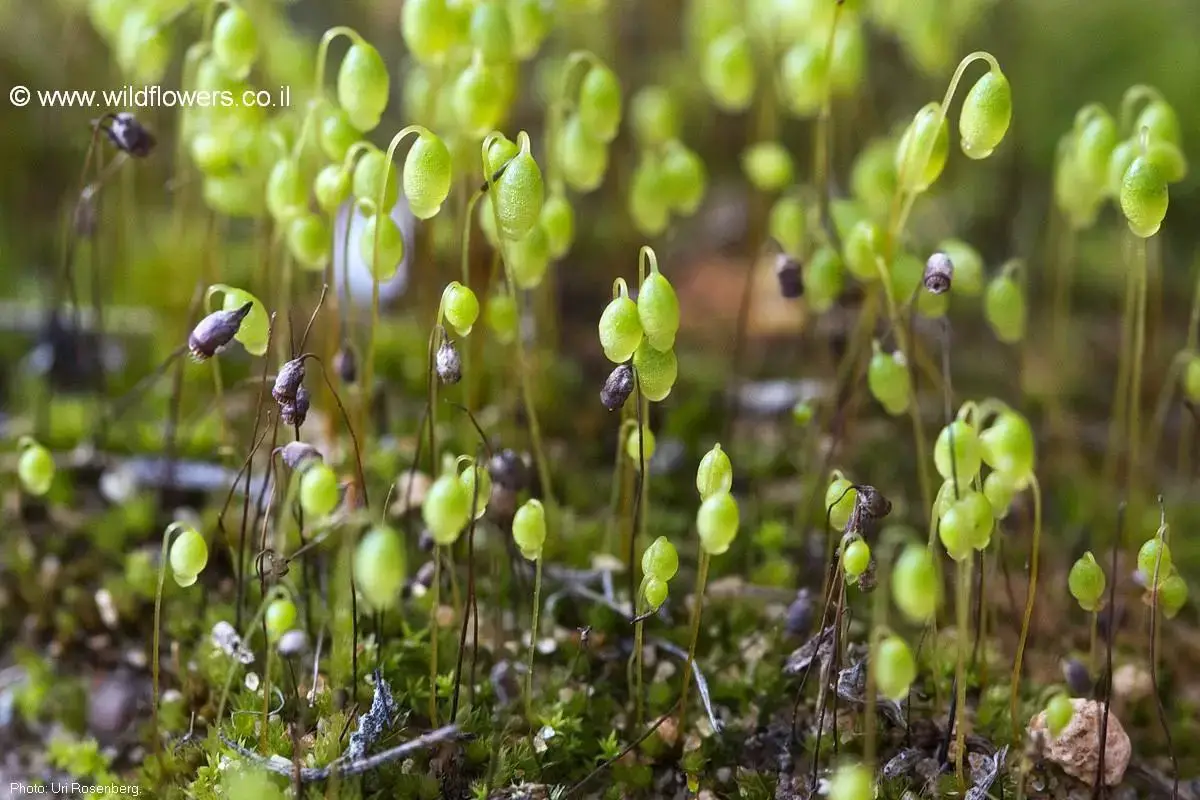
3195-l-4.jpg from: https://www.wildflowers.co.il/hebrew/picture.asp?ID=19029
Bryum salinum plays a vital role in maintaining the delicate balance of these ecosystems.
As we continue to explore and appreciate the wonders of the natural world, it is essential to recognize the importance of even the smallest and most unassuming organisms. Who knows what other marvels await discovery in the intricate world of mosses?
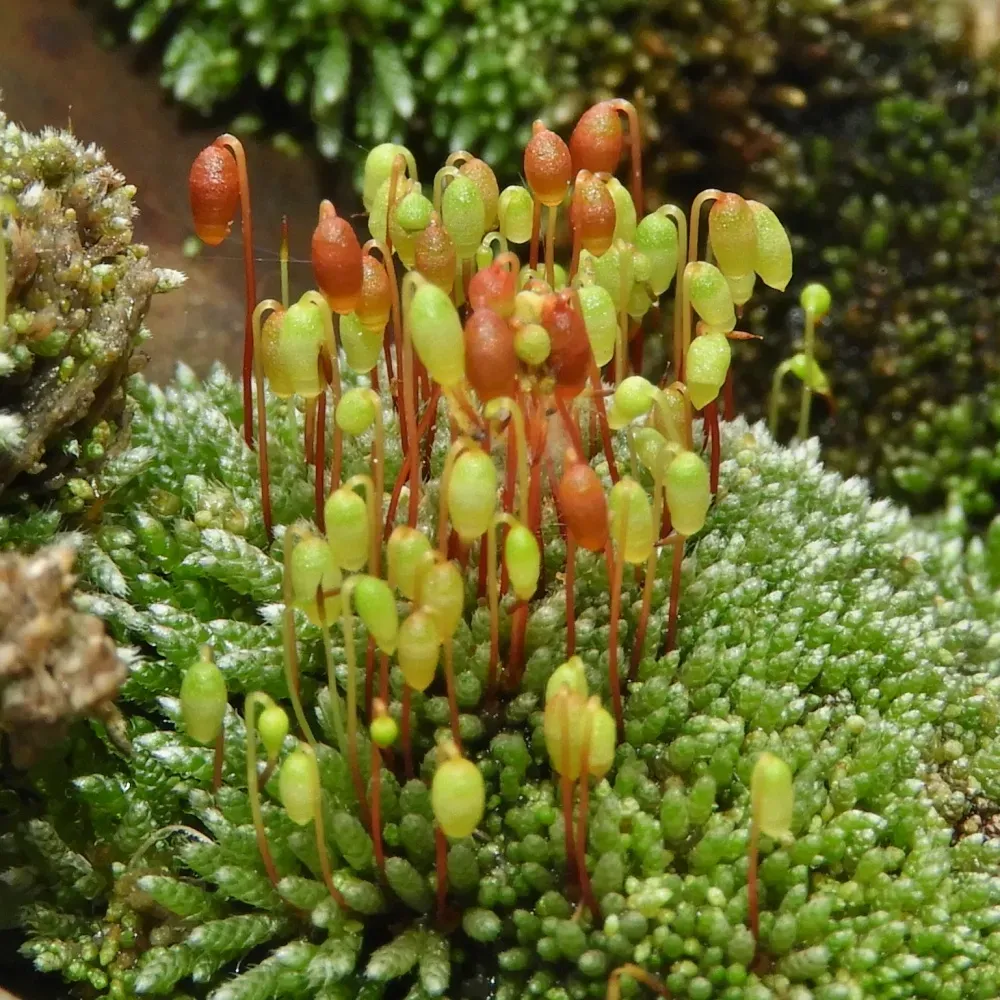
Bryum-argenteum.jpg from: https://elmedinaturaldelbages.cat/es/species/bryum-argenteum-es/
Ponder this: If a tiny moss like Bryum salinum can adapt to such extreme conditions, what other remarkable adaptations might we find in the plant kingdom, waiting to be uncovered and appreciated?